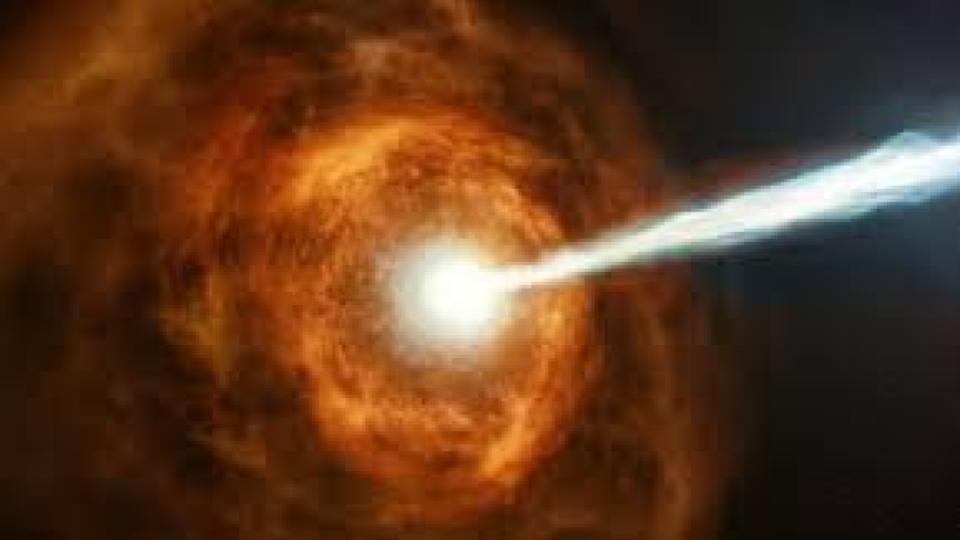
Credit: NASA, ESA and M. Kornmesser
One of the most common questions we’ve been getting is “do we need to worry about a Gamma Ray Burst, and, more specifically, do we need to worry about one hitting us. Thanks to new research from the University of Warwick, we now know the answer is a double no. We already knew that Betelgeuse wasn’t pointed our way, so if it did generate a Gamma Ray Burst, it would hit us. Now we know that this singular star shouldn’t even be able to generate a GRB to begin with.
It turns out that it takes two stars to make one Gamma Ray Burst. In research led by Ashley Chrimes and published in the Monthly Notices of the Royal Astronomical Society, scientists report that only massive stars in binary systems can generate bursts of gamma rays.
Long Gamma Ray Bursts, which can last from several seconds to several minutes, are generated when stars around ten times more massive than the Sun collapse and then explode as supernovae. The mystery had come in what caused some systems to have jets with gamma ray radiation while others didn’t. It didn’t appear to be the result of different star compositions. By modeling thousands of binary systems, they realized that the issue was actually one of geometry. Some systems are able to transfer momentum from the surviving star to the exploding star, spinning it up and driving the formation of jets, while the survivor dashes away.
What I particularly like about this result is that while it’s based on models, it makes predictions that can be observed. According to Crimes, “This model allows us to predict what these systems should look like observationally in terms of their temperature and luminosity, and what the properties of the companion are likely to be. We are now interested in applying this analysis to explore different astrophysical transients, such as fast radio bursts, and can potentially model rarer events such as black holes spiraling into stars.”
This result is just pleasing, and I look forward to seeing what more this team figures out as they move forward with this research.




 Join the Crew!
Join the Crew!
 Escape Velocity Space News
Escape Velocity Space News
0 Comments